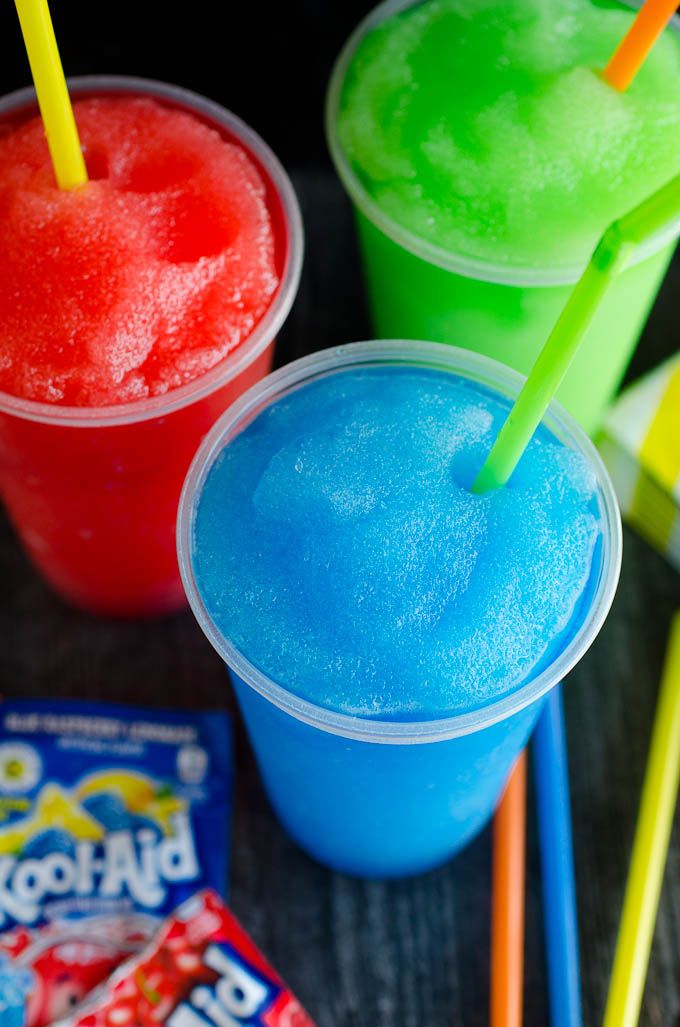1800 270 210
02 8417 2190

Introduction:
Slushies, those icy and refreshing beverages that bring joy on hot summer days, have a long and fascinating history. From ancient ice treats enjoyed by royalty to the modern-day convenience store staple, the evolution of slushies is a testament to human ingenuity and our desire for cool indulgence. In this article, we will take a journey through time to explore the origins, innovations, and cultural significance of slushies.
Ancient Beginnings:
The concept of enjoying frozen treats dates back thousands of years. In ancient China around 200 BC, people would mix snow with fruit juices or honey to create an early version of what we now know as a slushie. This delicacy was reserved for royalty due to the scarcity and labor-intensive process required to obtain ice in warmer climates.
Innovation in Ancient Persia:
Fast forward several centuries later to ancient Persia (modern-day Iran), where they took frozen delights even further. Around 400 BC, Persians developed an ingenious method called "yakhchal" for storing ice throughout the year. These structures were essentially large underground chambers designed with thick walls made from heat-resistant materials like mud bricks or clay mixed with straw or ash. The yakhchal's unique design allowed it to capture cold air during winter nights while insulating against heat during summer months.
During celebrations or special occasions, people would retrieve blocks of ice from these yakhchals and crush them into fine flakes using wooden mallets or other tools. These flakes were then flavored with various syrups made from fruits like pomegranate or grapes before being served as a refreshing treat similar in concept to modern-day slushies.
Ice Houses & Snow Cones:
As civilizations advanced across different regions over time, so did their methods for enjoying frozen treats. In medieval times (around the 9th century), the Arabs introduced "ice houses" or "ice pits" to preserve ice. These structures were built with thick walls and insulation materials, similar to the yakhchals in Persia.
In ancient Rome, Emperor Nero was known for sending runners into the mountains to collect snow, which was then flavored with honey and fruit juices. This early form of a snow cone became popular among Roman citizens as a way to beat the heat during summer months.
Industrial Revolution & Ice Cream:
The Industrial Revolution in the 18th century brought significant advancements in refrigeration technology, making ice more accessible to a wider population. With this newfound availability of ice, frozen treats began to gain popularity beyond elite circles.
Inventors and entrepreneurs seized upon this opportunity by developing machines that could produce crushed ice on a larger scale. One such innovation was attributed to an Italian immigrant named Antonio Latini who created a machine called "mangiatore di ghiaccio" (ice-eater) in 1692. This device allowed for easier production of crushed ice, which could then be used for various culinary purposes including frozen desserts.
The Birth of Slushies:
The true birth of slushies as we know them today can be traced back to the mid-20th century when technological advancements made it possible for individuals and businesses alike to create these icy delights on demand.
In 1950s America, Omar Knedlik accidentally stumbled upon what would become one of the most iconic frozen beverages – The ICEE (later renamed Slurpee). Knedlik owned a Dairy Queen franchise but lacked adequate refrigeration equipment for his sodas. To improvise, he placed bottles of soda in his freezer until they reached a semi-frozen state before serving them. Customers loved this new texture and consistency so much that Knedlik decided to develop specialized machines that could produce these semi-frozen drinks consistently – thus, the ICEE machine was born.
The ICEE gained popularity quickly and caught the attention of 7-Eleven, a convenience store chain that saw its potential. In 1965, 7-Eleven partnered with The ICEE Company to create their own version of the semi-frozen drink called "Slurpee." The Slurpee became an instant hit and remains one of the most recognizable slushie brands worldwide.
Cultural Significance & Variations:
Slushies have become more than just a refreshing beverage; they hold cultural significance in various regions around the world. In Japan, for example, shaved ice treats known as "kakigori" are popular during summer festivals. These finely shaved ice desserts are often flavored with sweet syrups made from fruits like strawberry or melon.
In Italy, granita has been enjoyed for centuries as a traditional frozen dessert. Made by blending water, sugar, and various flavorings such as lemon or coffee, granita has a coarser texture compared to other slushie variations.
In India and parts of South Asia, street vendors offer their own versions of icy delights called "golas" or "chuskis." These treats consist of crushed ice molded into balls or cones and then drenched in flavored syrups like rose or mango.
Conclusion:
From ancient China to modern-day convenience stores worldwide,
the history of slushies is one filled with innovation,
adaptation, and cultural significance. What began as a luxury reserved for royalty
has evolved into an accessible delight enjoyed by people across different cultures. Whether you prefer sipping on a Slurpee at your local 7-Eleven or indulging in traditional kakigori during Japanese summer festivals, slushies continue to bring joy and relief from scorching temperatures.
So next time you take a sip from your favorite icy treat, remember the rich history behind it, and appreciate the journey that has led to this frozen delight.